On the Size and Flight Diversity of Giant Pterosaurs, the Use of
Por um escritor misterioso
Last updated 22 dezembro 2024
The size and flight mechanics of giant pterosaurs have received considerable research interest for the last century but are confused by conflicting interpretations of pterosaur biology and flight capabilities. Avian biomechanical parameters have often been applied to pterosaurs in such research but, due to considerable differences in avian and pterosaur anatomy, have lead to systematic errors interpreting pterosaur flight mechanics. Such assumptions have lead to assertions that giant pterosaurs were extremely lightweight to facilitate flight or, if more realistic masses are assumed, were flightless. Reappraisal of the proportions, scaling and morphology of giant pterosaur fossils suggests that bird and pterosaur wing structure, gross anatomy and launch kinematics are too different to be considered mechanically interchangeable. Conclusions assuming such interchangeability—including those indicating that giant pterosaurs were flightless—are found to be based on inaccurate and poorly supported assumptions of structural scaling and launch kinematics. Pterosaur bone strength and flap-gliding performance demonstrate that giant pterosaur anatomy was capable of generating sufficient lift and thrust for powered flight as well as resisting flight loading stresses. The retention of flight characteristics across giant pterosaur skeletons and their considerable robustness compared to similarly-massed terrestrial animals suggest that giant pterosaurs were not flightless. Moreover, the term ‘giant pterosaur’ includes at least two radically different forms with very distinct palaeoecological signatures and, accordingly, all but the most basic sweeping conclusions about giant pterosaur flight should be treated with caution. Reappraisal of giant pterosaur material also reveals that the size of the largest pterosaurs, previously suggested to have wingspans up to 13 m and masses up to 544 kg, have been overestimated. Scaling of fragmentary giant pterosaur remains have been misled by distorted fossils or used inappropriate scaling techniques, indicating that 10–11 m wingspans and masses of 200–250 kg are the most reliable upper estimates of known pterosaur size.

Pterosaurs: Flight in the Age of Dinosaurs

Pterosaur - Wikipedia

PDF] On the Size and Flight Diversity of Giant Pterosaurs, the Use of Birds as Pterosaur Analogues and Comments on Pterosaur Flightlessness

How Pterosaurs Worked

How Pterosaurs Filled Their Lungs

The giant pterosaur Pteranodon. ( a ) Marsh's 1884 reconstruction of
On the Size and Flight Diversity of Giant Pterosaurs, the Use of Birds as Pterosaur Analogues and Comments on Pterosaur Flightlessness
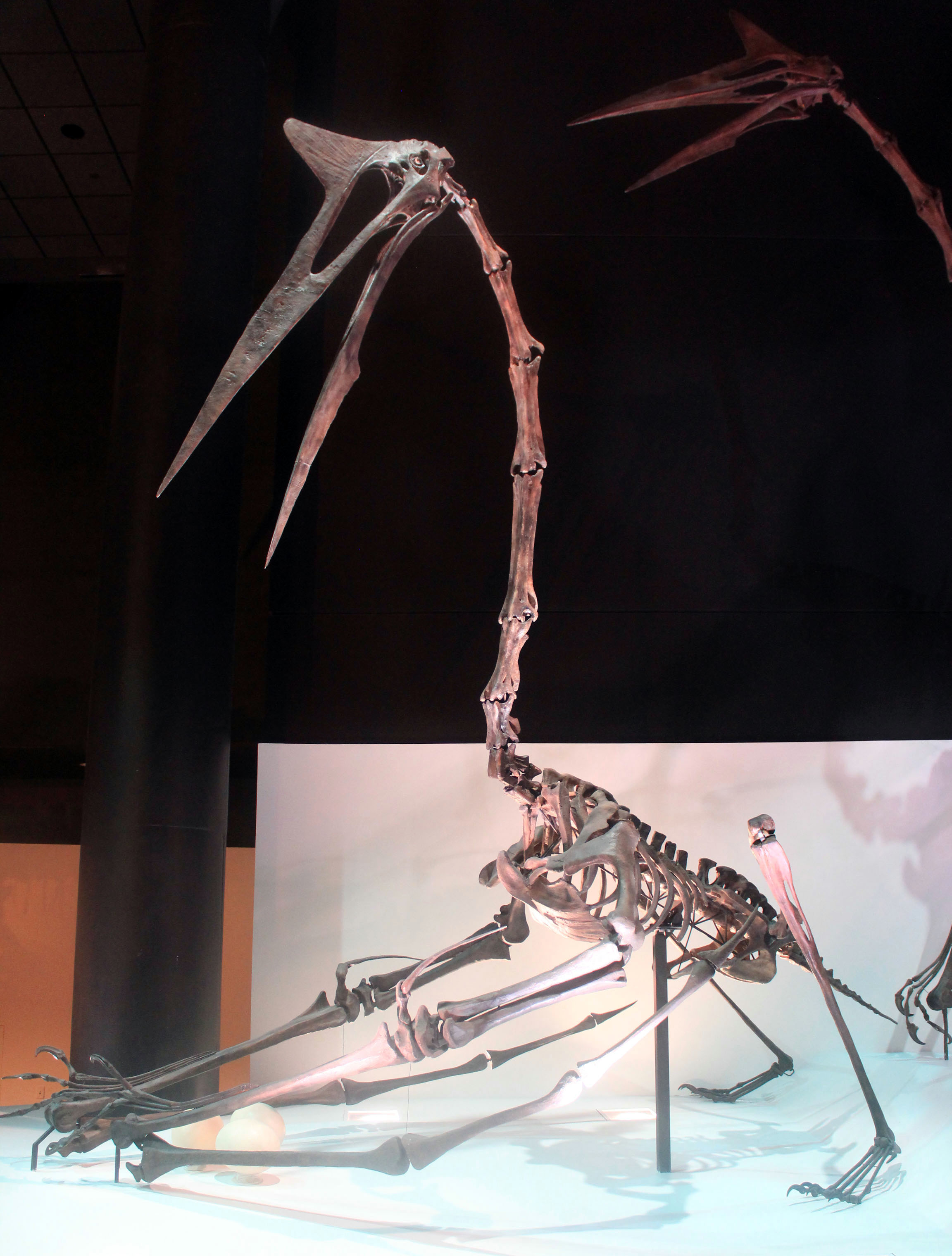
Quetzalcoatlus - Wikipedia

New discoveries are bringing the world of pterosaurs to life
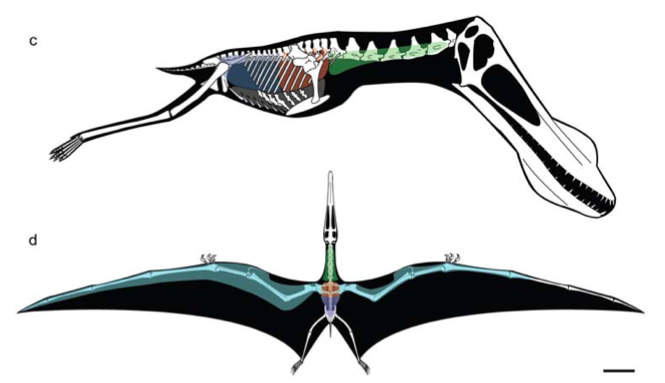
Pterosaurs - A Celebration of the Diversity of Life
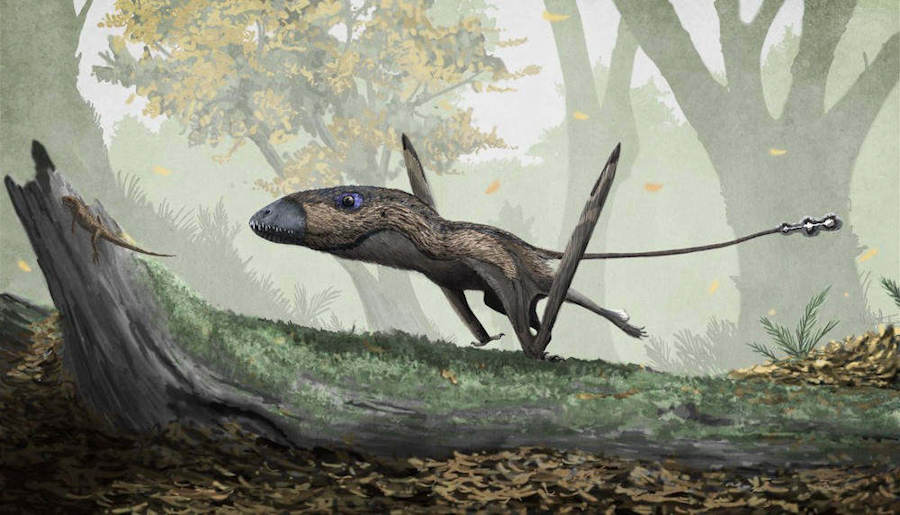
Pterosaurs - A Celebration of the Diversity of Life
On the Size and Flight Diversity of Giant Pterosaurs, the Use of Birds as Pterosaur Analogues and Comments on Pterosaur Flightlessness
Recomendado para você
-
 Quetzalcoatlus and Other Giant Pterosaurs were Short-Range Flyers22 dezembro 2024
Quetzalcoatlus and Other Giant Pterosaurs were Short-Range Flyers22 dezembro 2024 -
 Pterosaur infographic Prehistoric animals, Prehistoric creatures22 dezembro 2024
Pterosaur infographic Prehistoric animals, Prehistoric creatures22 dezembro 2024 -
 Ancient Winged Terror Was One of the Largest Animals to Fly22 dezembro 2024
Ancient Winged Terror Was One of the Largest Animals to Fly22 dezembro 2024 -
 Pterosaur size comparison, artwork - Stock Image - C008/385322 dezembro 2024
Pterosaur size comparison, artwork - Stock Image - C008/385322 dezembro 2024 -
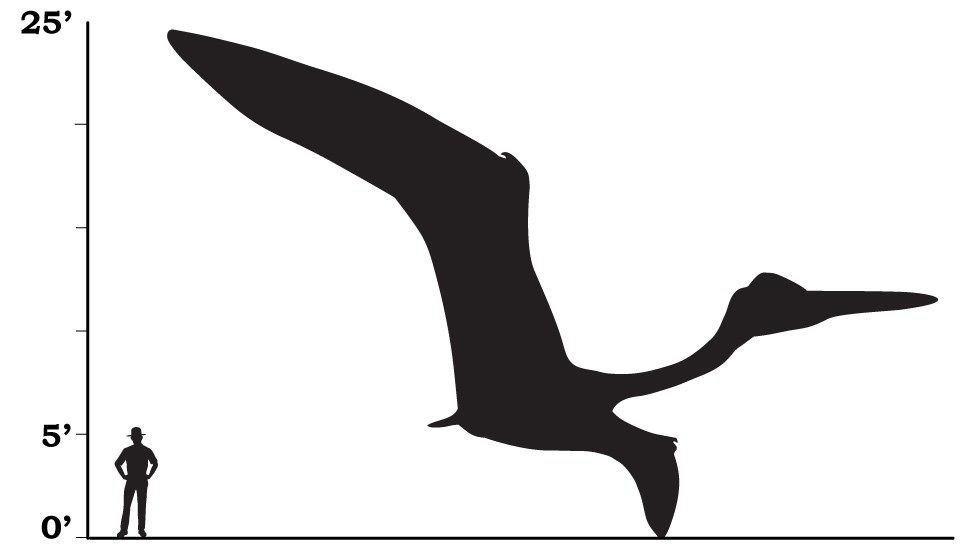 Pterosaur - Denali National Park & Preserve (U.S. National Park22 dezembro 2024
Pterosaur - Denali National Park & Preserve (U.S. National Park22 dezembro 2024 -
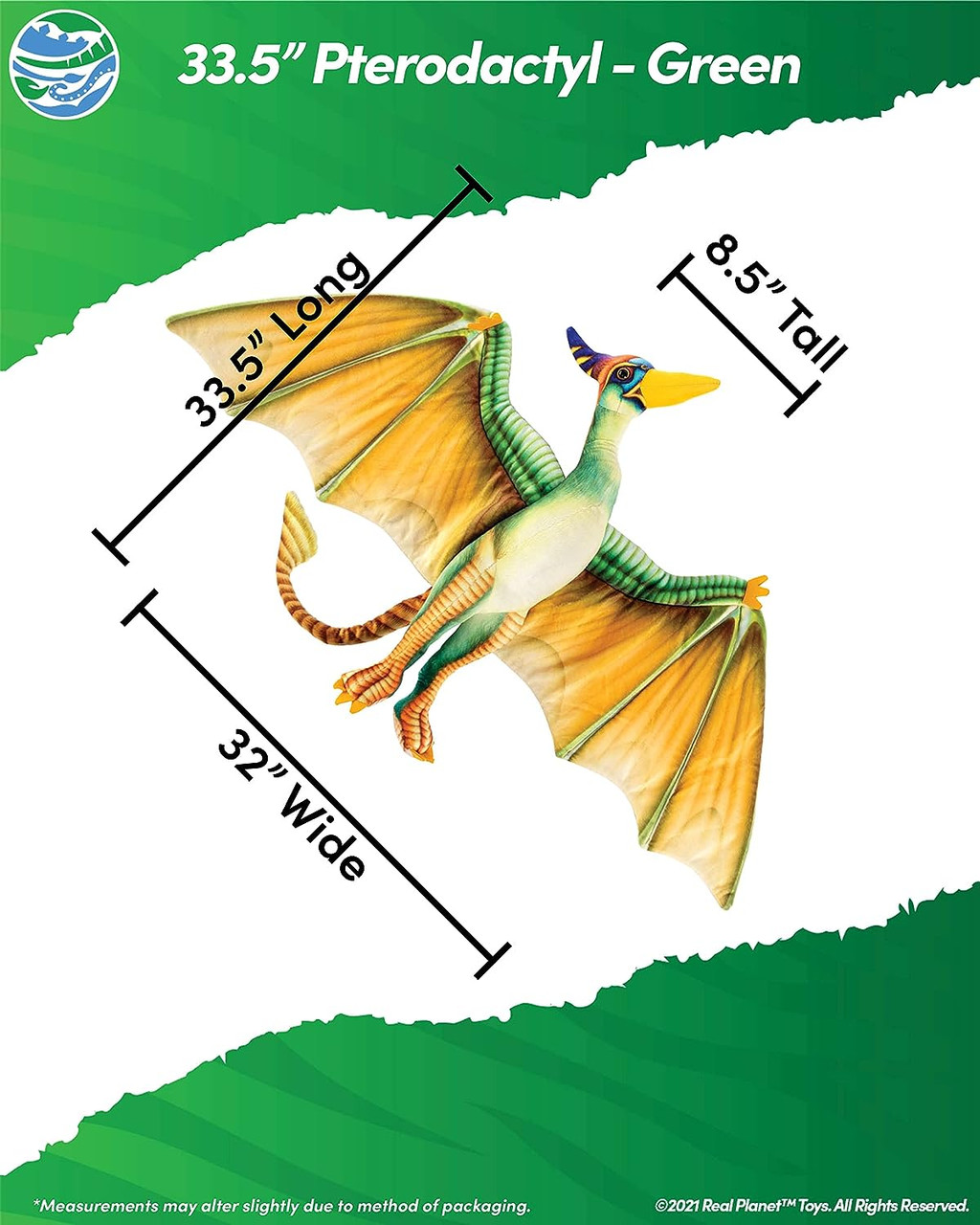 Pterodactyl Green 34 - PlayMatters Toys22 dezembro 2024
Pterodactyl Green 34 - PlayMatters Toys22 dezembro 2024 -
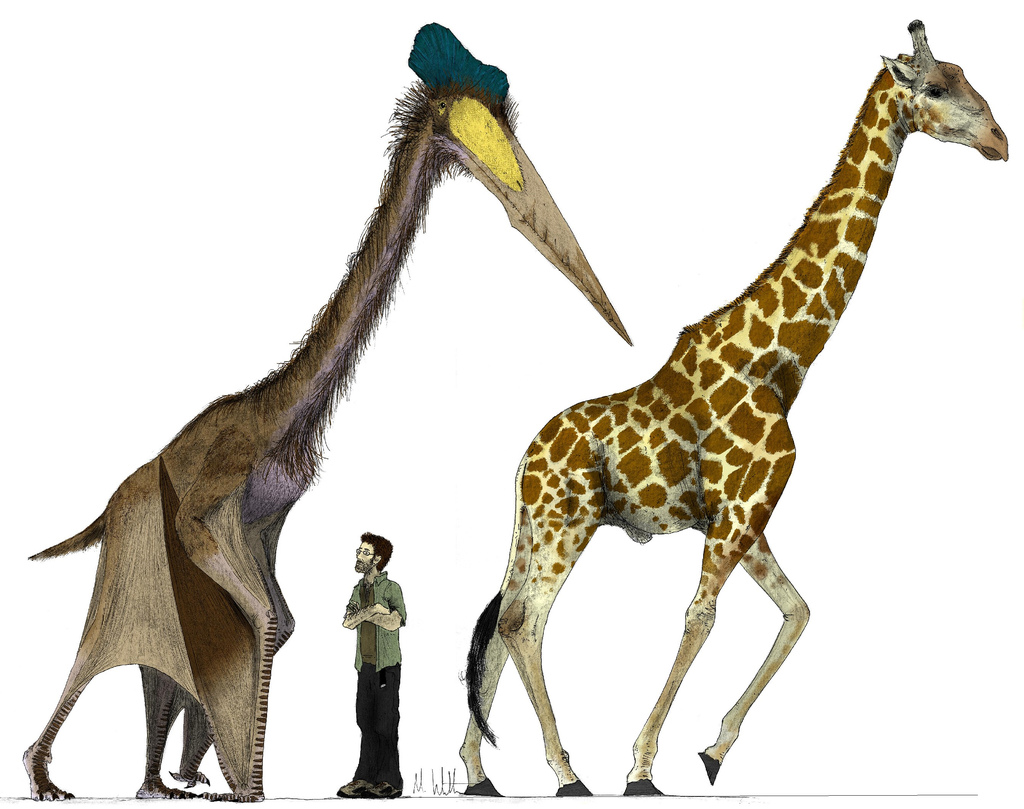 The largest pterosaurs have not been grounded yet22 dezembro 2024
The largest pterosaurs have not been grounded yet22 dezembro 2024 -
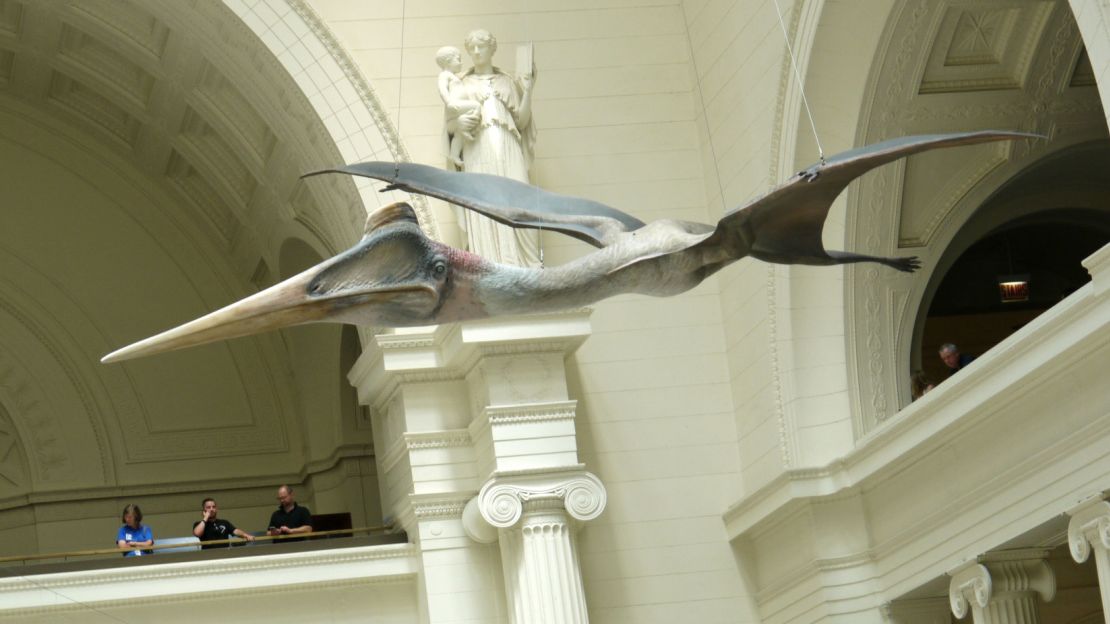 Pterosaurs could launch themselves 8 feet to soar through the air22 dezembro 2024
Pterosaurs could launch themselves 8 feet to soar through the air22 dezembro 2024 -
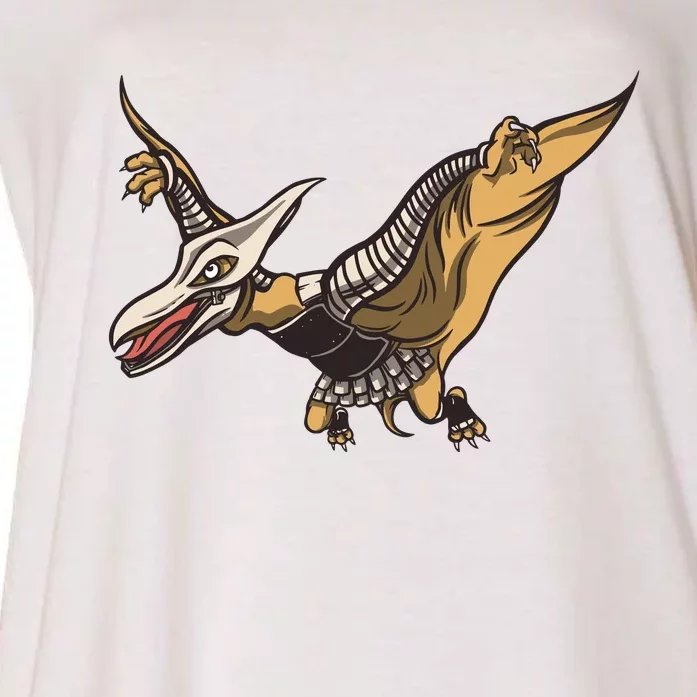 Armored Pterodactyl Women's Plus Size T-Shirt22 dezembro 2024
Armored Pterodactyl Women's Plus Size T-Shirt22 dezembro 2024 -
 World's largest Jurassic pterosaur discovered in Scotland22 dezembro 2024
World's largest Jurassic pterosaur discovered in Scotland22 dezembro 2024
você pode gostar
-
 Infinite Stratos - Apple TV22 dezembro 2024
Infinite Stratos - Apple TV22 dezembro 2024 -
 Platoon (DVD)22 dezembro 2024
Platoon (DVD)22 dezembro 2024 -
 Fones De Ouvido De Gato, Fones De Ouvido Sem Fio, Jogos Esportivos22 dezembro 2024
Fones De Ouvido De Gato, Fones De Ouvido Sem Fio, Jogos Esportivos22 dezembro 2024 -
Steam Community :: Guide :: JOGOS PARA FARMAR CONQUISTAS 💸22 dezembro 2024
-
 Kissing Zoa Nebulis Ix22 dezembro 2024
Kissing Zoa Nebulis Ix22 dezembro 2024 -
 AnimeTalk on X: 【PREVIEW IMAGES】 — TOKYO REVENGERS Season 3 Episode 1 — / X22 dezembro 2024
AnimeTalk on X: 【PREVIEW IMAGES】 — TOKYO REVENGERS Season 3 Episode 1 — / X22 dezembro 2024 -
 Shippuden-Camiseta Akatsuki Village con símbolos, Harajuku japonés, algodón, 100%, cómoda - AliExpress22 dezembro 2024
Shippuden-Camiseta Akatsuki Village con símbolos, Harajuku japonés, algodón, 100%, cómoda - AliExpress22 dezembro 2024 -
 Pokemon : SWSH LOST ORIGIN SPIRITOMB 117/196 RARE REVERSE22 dezembro 2024
Pokemon : SWSH LOST ORIGIN SPIRITOMB 117/196 RARE REVERSE22 dezembro 2024 -
 Vila Nova lamenta chances de gol perdidas após tropeço no OBA22 dezembro 2024
Vila Nova lamenta chances de gol perdidas após tropeço no OBA22 dezembro 2024 -
 inFamous 2 - Trophy Guide22 dezembro 2024
inFamous 2 - Trophy Guide22 dezembro 2024
